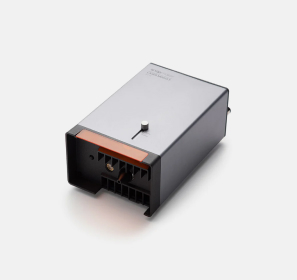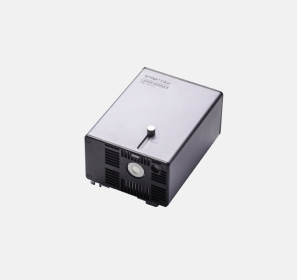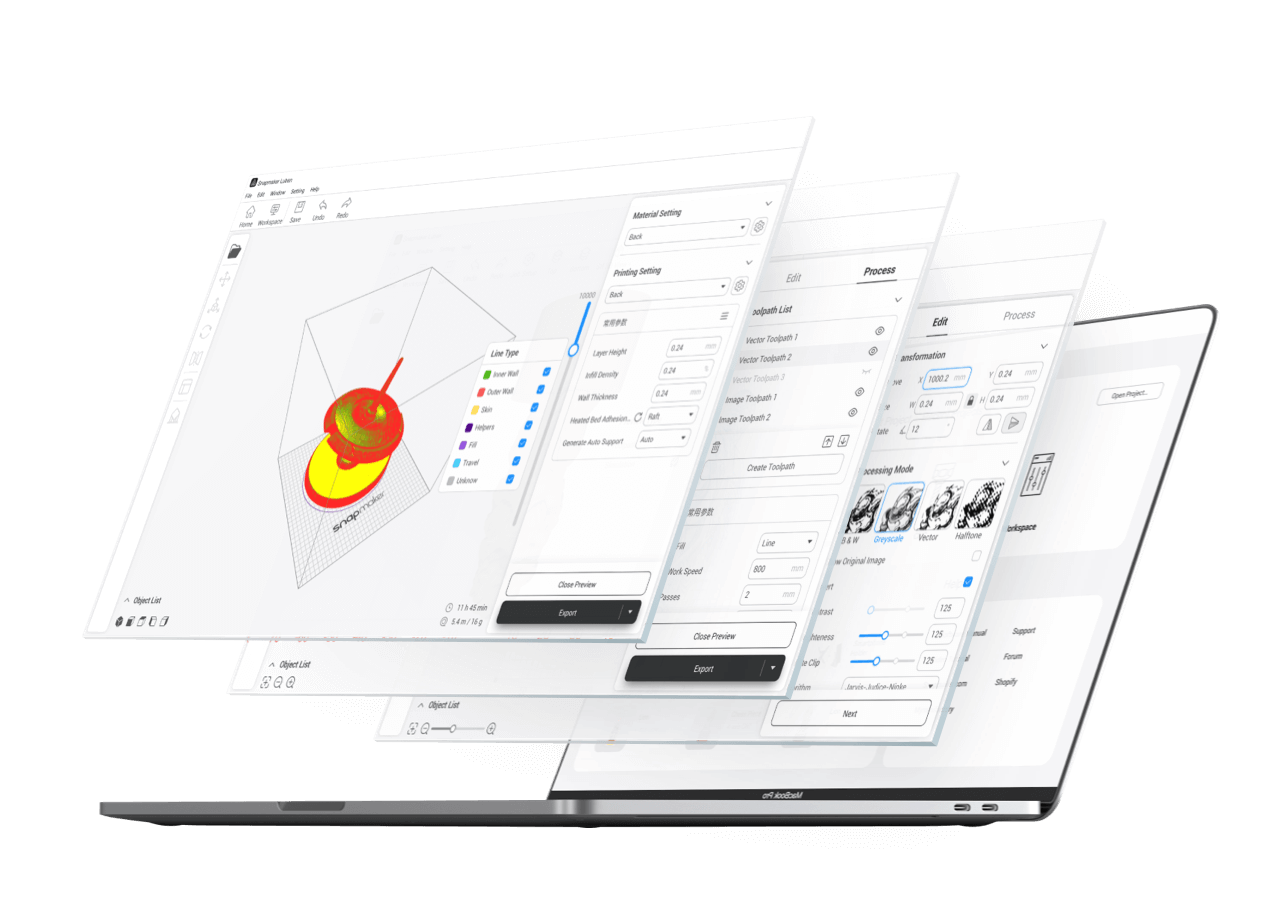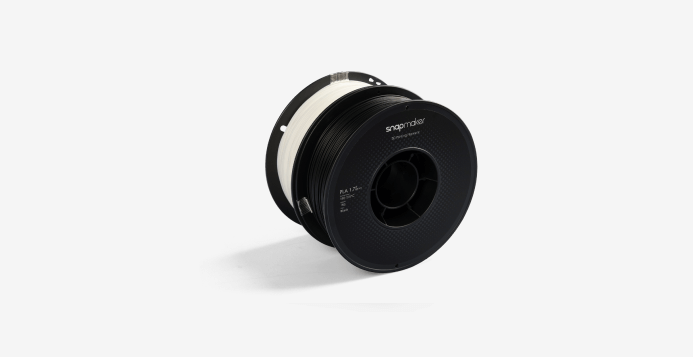Store
Sign In

3D Printing Filaments Guide
Choosing the right filament is halfway to success of 3D prints. And the rest counts on the settings. This table presents the properties of various filaments, the recommended print settings, and the ideal applications, for you to see the tradeoffs between filaments and what works best for your intended use.
Materials
Colors Available
Weight
Diameter
Printing Temperature
Heated Bed Temperature
Recommended Printing Speed
Young’s Modulus
100% Modulus
Tensile Strength
Bending Strength
Charpy Impact Strength
Glass Transition Temperature
Vicat Softening Temperature
Melting Temperature
Elongation at Break
Shore Hardness
Applications
PLA
Learn More500 g/1 kg
1.75 mm
190˚C–210˚C
25˚C–60˚C
40 mm/s–60 mm/s
2636 ± 330 Mpa
-
46.6 ± 0.9 Mpa
85.1 ± 2.9 Mpa
2.7 ± 0.2 kJ/㎡
61˚C
63˚C
150˚C
-
-
For indoor use
Prototypes, decorations, props, electronics gadgets
Prototypes, decorations, props, electronics gadgets
TPU
Learn More1 kg
1.75 mm
210˚C–230˚C
25˚C–60˚C
20 mm/s–40 mm/s
-
9.4 ± 0.3 Mpa
29 ± 2.8 Mpa
-
-
-
-
-
330.1 ± 14.9 (%)
95A
For indoor and outdoor use
Footwear, protective cases, 3D printing gadgets
Footwear, protective cases, 3D printing gadgets
ABS
Learn More1 kg
1.75 mm
240˚C–260˚C
80˚C–100˚C
30 mm/s–50 mm/s
2174 ± 285 MPa
-
33.3 ± 0.8 MPa
59.0 ± 1.3 MPa
12.6 ± 1.1 kJ/㎡
101˚C
104˚C
-
-
-
For indoor and outdoor use
Prototypes, home appliances, cases
Prototypes, home appliances, cases
Nylon
Learn More1 kg
1.75 mm
250˚C–270˚C
25˚C–50˚C
30 mm/s–60 mm/s
2223 ± 199 MPa
-
66.2 ± 0.9 MPa
97.0 ± 1.1 MPa
9.6 ± 1.4 kJ/㎡
67˚C
180˚C
190˚C
-
-
For indoor and outdoor use
Mechanical parts, nuts and bolts, home appliances
Mechanical parts, nuts and bolts, home appliances
Breakaway Support for PLA
Learn More1 kg
1.75 mm
220˚C–230˚C
25˚C–60˚C
20 mm/s–40 mm/s
-
-
-
-
-
-
-
-
-
-
For easy-to-remove support
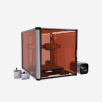
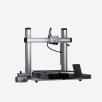
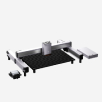
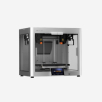


.jpg)
